详细说明
Species Reactivity
Human
Specificity
Detects human Fibrinopeptide B in direct ELISAs.
Source
Monoclonal Mouse IgG 1 Clone # 949332
Purification
Protein A or G purified from hybridoma culture supernatant
Immunogen
Human serum-derived Fibrinopeptide
Accession # P02671Formulation
Lyophilized from a 0.2 μm filtered solution in PBS with Trehalose. *Small pack size (SP) is supplied as a 0.2 µm filtered solution in PBS.
Label
Unconjugated
Applications
Recommended
ConcentrationSample
Immunocytochemistry
8-25 µg/mL
See below
Please Note: Optimal dilutions should be determined by each laboratory for each application. are available in the Technical Information section on our website.
Data Examples
Immunocytochemistry | Fibrinopeptide B in HepG2 Human Cell Line. FibrinopeptideB was detected in immersion fixed HepG2 human hepatocellular carcinoma cell line using Mouse Anti-Human Fibrinopeptide B Monoclonal Antibody (Catalog # MAB9404) at 8 µg/mL for 3 hours at room temperature. Cells were stained using the NorthernLights™ 557-conjugated Anti-Mouse IgG Secondary Antibody (red; Catalog # ) and counterstained with DAPI (blue). Specific staining was localized to cytoplasm. View our protocol for . |
Preparation and Storage
Reconstitution
Reconstitute at 0.5 mg/mL in sterile PBS.
Shipping
The product is shipped at ambient temperature. Upon receipt, store it immediately at the temperature recommended below. *Small pack size (SP) is shipped with polar packs. Upon receipt, store it immediately at -20 to -70 °C
Stability & Storage
Use a manual defrost freezer and avoid repeated freeze-thaw cycles.
12 months from date of receipt, -20 to -70 °C as supplied.
1 month, 2 to 8 °C under sterile conditions after reconstitution.
6 months, -20 to -70 °C under sterile conditions after reconstitution.
Background: Fibrinopeptide B
Fibrinogen is a 340 kDa, secreted glycoprotein complex that is found in blood at concentrations of 150-400 mg/dL. It is secreted primarily by hepatocytes, but is also reported to be expressed by fibroblasts, type I alveolar epithelium, intestinal epithelium and some tumor cells. Fibrinogen is a homodimer that is composed of two, three-polypeptide chain subunits. In human, each subunit contains one 847amino acid (aa) alpha chain, one 461 aa beta chain, and one 427 aa gamma chain. Multiple interchain disulfide bonds link all three polypeptides. Fibrinogen plays a central role in clot formation. Conversion of fibrinogen to fibrin is triggered by thrombin, which cleaves fibrinopeptides A and B from alpha and beta chains, and thus exposes the N-terminal polymerization sites responsible for the formation of the soft clot. The soft clot is converted into the hard clot by factor XIIIA which catalyzes the epsilon-(gamma-glutamyl)lysine cross-linking between gamma chains (stronger) and between alpha chains (weaker) of different monomers. Fibrinogen is also a component of the ECM and binds to cell surface molecules on inflammatory cells. Mature human alpha, beta and gamma -chains share 67%, 85% and 83% aa identity with mouse alpha, beta and gamma -chains, respectively.
Entrez Gene IDs:
2244 (Human); 110135 (Mouse); 24366 (Rat)
Alternate Names:
Beta-Fibrinogen; FGB Peptide; FIBB; Fibrinogen beta chain; Fibrinogen Type II; fibrinogen, B beta polypeptide; Fibrinopeptide B; FPB; MGC104327; MGC120405







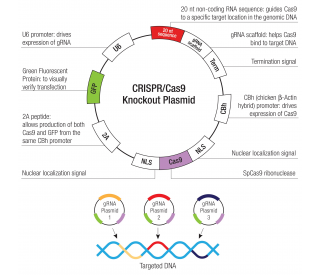
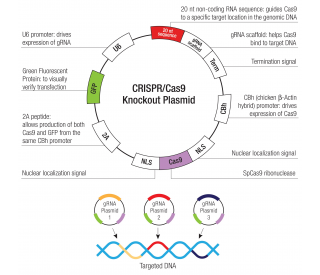
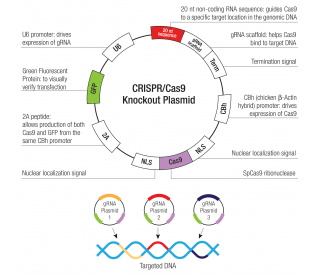

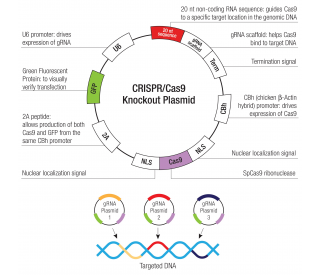
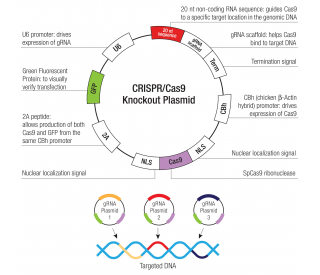



 粤公网安备44196802000105号
粤公网安备44196802000105号